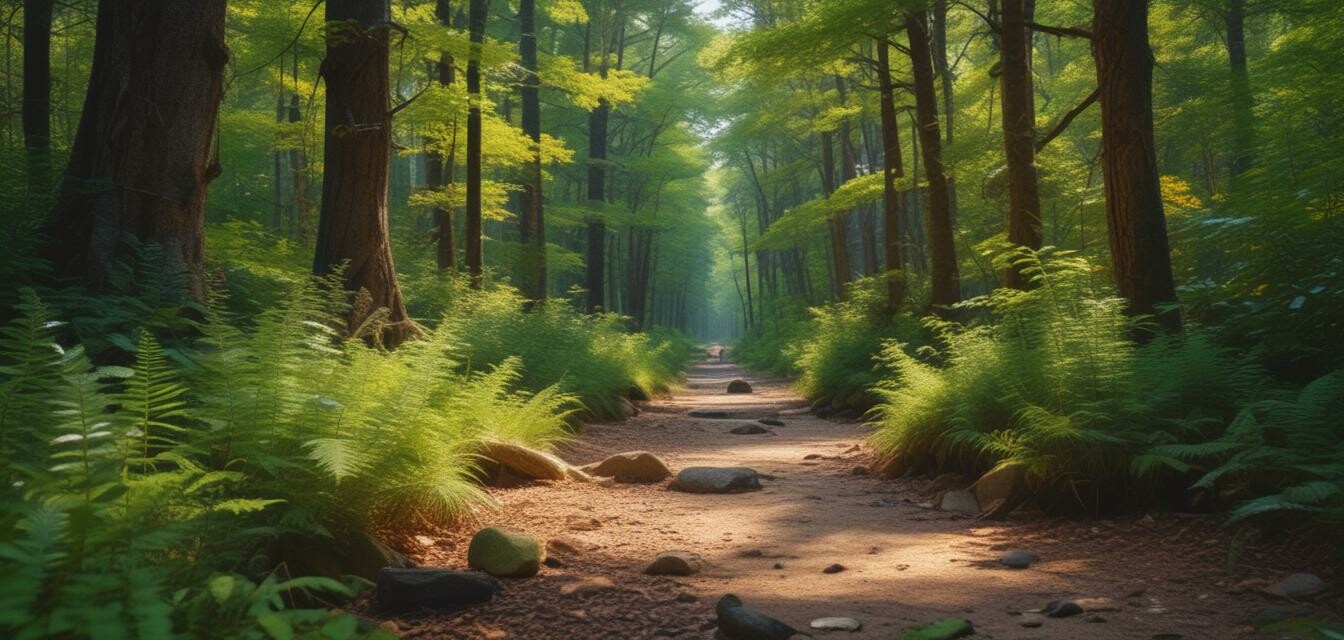
As an Amazon Associate, I earn from any qualifying purchases, at No Extra Cost to You.
The Impact of Climate Change on Backpacking Destinations
Key Takeaways
- Climate change is altering ecosystems, affecting wildlife, and changing trail or path conditions.
- Popular backpacking destinations may become less accessible due to natural disasters and altered climates.
- Exploring new trails can provide fresh adventures while promoting sustainable practices.
- Backpackers are encouraged to be mindful of their environmental impact when choosing their destinations.
- Awareness and adaptability are essential for the modern backpacker in a changing climate.
Backpacking has always been a way to connect with nature, offering picturesque vistas and the thrill of exploration. However, as climate change continues to affect our planet, the landscape for backpackers is shifting. From changing weather patterns to impacts on wildlife and trails, understanding these changes is crucial for maintaining our passion for the outdoors. In this article, we will explore how climate change is reshaping popular backpacking destinations and present some insights into responsible adventuring.
How climate change is changing popular backpacking trails
As temperatures rise and precipitation patterns shift, popular backpacking trails worldwide are beginning to change in ways that challenge traditional hiking practices. Below are some key factors influenced by climate change:
- Altered Weather Patterns: Increased flooding, droughts, and wildfires can devastate established paths and access points, making some destinations more treacherous.
- Impact on Wildlife: Changing habitats can push wildlife into new regions, affecting viewing experiences and balance in ecosystems.
- Trail Erosion: Increased rainfall and unpredictable storms can erode trails, leaving them muddy and harder to navigate.
Emerging backpacking destinations
With some trails becoming less accessible, it's time to look toward new locations that offer unique landscapes while embodying a commitment to sustainable practices. Below is a list of emerging trends in backpacking destinations:
| Destination | Features | Key Benefits |
|---|---|---|
| Appalachian Trail | Diverse wildlife, changing foliage | Experience rich biodiversity in a stunning natural setting. |
| Pacific Northwest | Majestic mountains, lush forests | Cool temperatures and breathtaking landscapes for year-round hiking. |
| Zion National Park | Unique rock formations, hidden canyons | Narrow trails and lesser-known routes perfect for adventurous hikers. |
Adventure sustainably
As backpackers, we have a responsibility to minimize our environmental footprint. Here are some practical tips to ensure our adventures are both enjoyable and sustainable:
Beginner section: Tips for sustainable backpacking
- Plan your trip during off-peak seasons to reduce crowding.
- Practice Leave No Trace principles by packing out what you pack in.
- Choose eco-friendly gear made from sustainable materials.
- Stay on marked trails to protect local flora and fauna.
- Support local businesses during your backpacking trips to promote conservation efforts.
Looking ahead: The future of backpacking in a changing climate
The ramifications of climate change will likely continue to challenge our beloved backpacking trails. As outdoor enthusiasts, we must adapt to these changes, seeking out new destinations while remaining committed to environmental stewardship. Here are some predictions for the future of backpacking in response to climate fluctuations:
- Increased Popularity of State and Local Parks: As national parks face overcrowding and limitations, state parks will become a top pick for adventurous backpackers.
- Technological Innovations: New technologies will emerge to monitor trail conditions and minimize impacts on the environment.
- A Shift Towards Experiential Travel: Backpackers may seek deeper immersive experiences that emphasize local culture and sustainability.
Conclusion
As climate change continues to shape the backpacking landscape, our experiences and destinations may evolve. Understanding these impacts can help us adapt, explore fresh trails, and prioritize environmental mindfulness. Whether practicing sustainable backpacking tips or caring for local ecosystems, the journey continues with a commitment to nature. For more information and tips on backpacking, check our related articles on buying gear, backpacks, and backpacking news.
Pros
- Encourages exploration of new, less-frequented trails.
- Promotes sustainable practices among outdoor enthusiasts.
- Raises awareness of climate change's impact on ecosystems.
Cons
- Increased risk of trail closures due to natural disasters.
- Potential loss of wildlife experience in previously popular areas.
- Higher environmental impacts if not approached responsibly.
